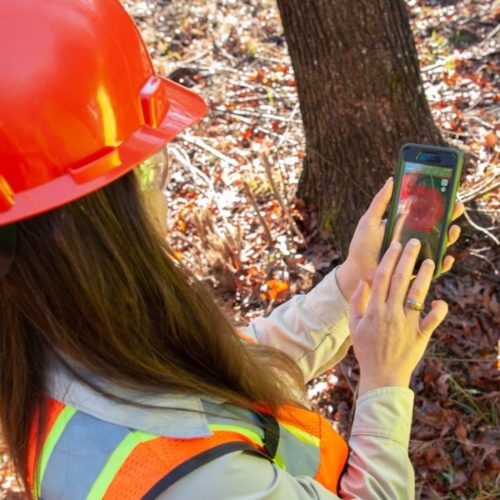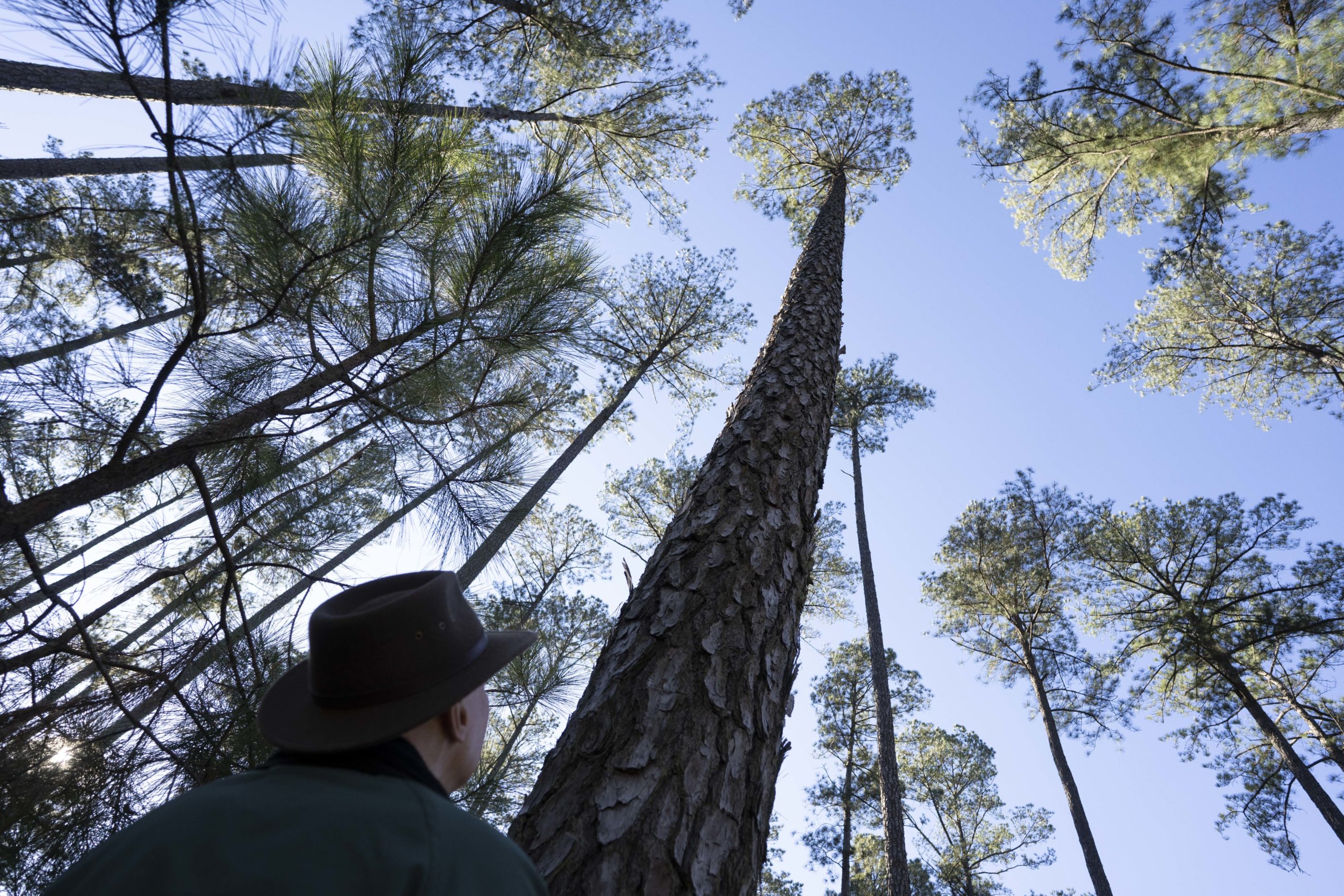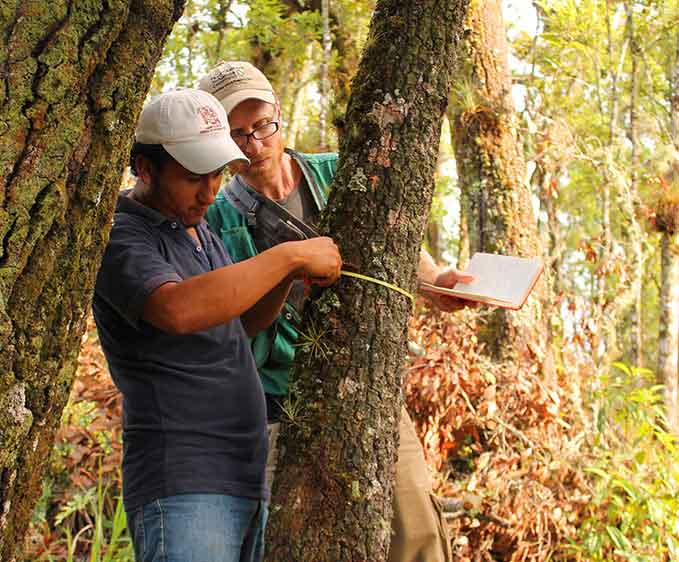Trees For Generations To Come
As we continue to order more online, get more delivered to our homes in boxes, and swap polluting materials for renewable fiber-based alternatives, what effect does this have on the future of our world’s forests?
Contrary to popular belief, the production and use of forest products, which includes everything from corrugated boxes to the fiber used to make hygiene products, doesn’t necessarily lead to less forest. In fact, demand for forest products can actually lead to more forestland.
How?
Demand leads to a need for more responsibly grown trees. And that means more landowners are keeping their land forested—rather than selling it for development or other non-forest uses.
100 trees remove 53 tons of carbon dioxide and 430 pounds of other air pollutants per year1
31% of the earth’s total land area is covered by forest2
More than 1,000 species reside in every square kilometer of forestland3
20% more trees in the U.S. since 19704
A forest is one of nature’s most powerful systems to capture carbon dioxide, purify water and create diverse plant and animal habitats.
Companies like International Paper, which depend on thriving forests, are on the front line of contributing to healthy forest ecosystems in both working and non-working forests.
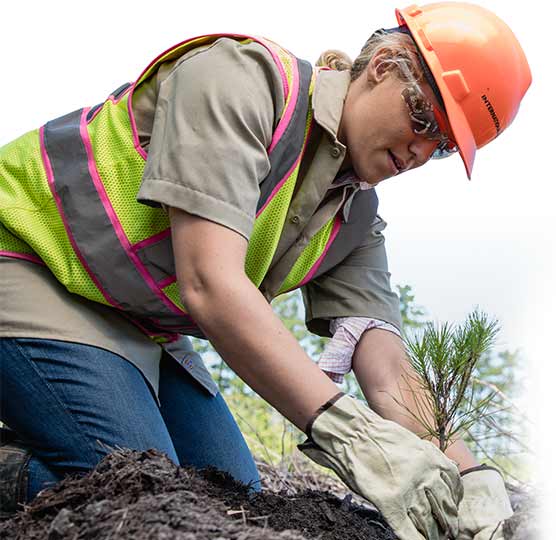
FORESTS REPRESENT THE LARGEST STORE OF TERRESTIAL CARBON IN THE WORLD:
77% of the carbon stored in vegetation exists within forests5
39% of carbon stored in soil occurs underneath the forest cover5
There are places in the world where forests are threatened, and deforestation from agriculture and development is devastating ecosystems, but there are also places where forests are thriving because of careful stewardship. Companies that manufacture forest products can be a powerful force for preventing deforestation and keeping forests healthy.
International Paper works with others, from small family farmers to global environmental organizations, to sustain forestlands through:
Management
Conservation
Restoration
Along with World Wildlife Fund, we are working to advance the concept of science-based targets that will, for the first time, identify what quantity and quality of forest land is needed globally and regionally to ensure forests provide people, plants and animals with the clean air and water, food, and other services they need to thrive. This work will help to guide the management, conservation, and restoration of forests.
Management
Finding and Using Best Practices For Working Forests
The fiber used to make our products comes from working forests. These are forests that are harvested sustainably and then replanted over and over. More than 90 percent of International Paper’s fiber supply in the United States comes from privately-owned forests, many of which are small and family-owned. We work with landowners to ensure the responsible management of those forests.
More than 40% of U.S. forests are family-owned 4
According to The Nature Conservancy, sustainable forestry, and keeping forestlands forested, can be an important low-cost natural lever for carbon storage. This is one way we’re contributing to carbon sequestration and to the future of forests.
The supply of timber also provides steady jobs for people and communities who depend on forests for their livelihoods. We’re making sure both diverse forests and sustainably sourced products exist for future generations.
90% of U.S. forest products come from privately owned working forests6
2.4 million U.S. jobs supported by working forests6
Why burn forests?
Fire as a forest management tool
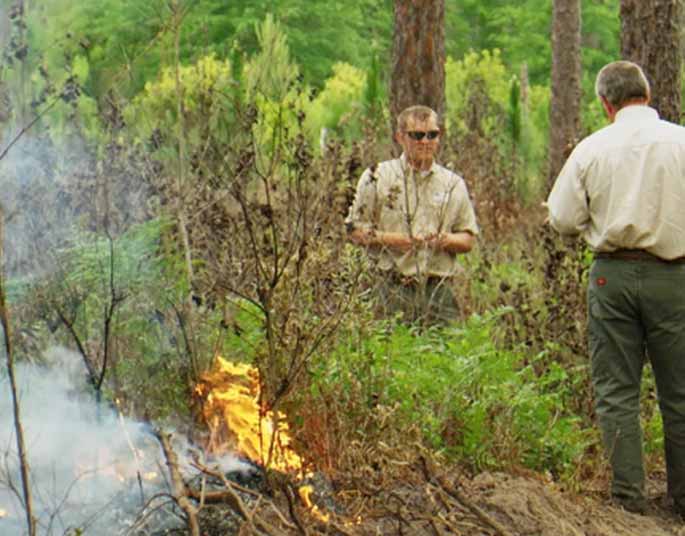
Many forest ecosystems in the U.S. are fire dependent. Specifically, the plants and animals that call these ecosystems home have survival or regeneration strategies that not only tolerate fire but also may require it.
Prescribed FIRE = a planned fire, also known as “controlled burn” because they control some plants and encourage the growth of others and because land managers control the spread and intensity of the fire by conducting them during ideal burning conditions
Prescribed fire is a common tool land managers can use to maintain vegetation which can result in many benefits. These benefits include:
- Enhancing habitat diversity by increasing plant quality and the quantity of wildlife foods overall
- Reducing hazardous fuel loads thereby decreasing the risk for destructive wildfires
- Enhancing the quality of the soil: fire increases moisture filtration rates, improves nutrient cycling, and the ash serves as a natural fertilizer
- Enhancing the palatability of new plant growth, which is critical for animals that browse for leaves, soft shoots, and shrubs, such as a white-tail deer
- Controls invasive vegetation, which is typically not fire tolerant
Conservation
Ensuring Forestland Stays Forested
Sustainable forestry doesn’t just happen in working forests. International Paper focuses on conserving the biodiversity and health of all forestland, including those that aren’t used to make products. We’re working with environmental advocates, government agencies, and other businesses to keep forests thriving.
Here’s how
Through Forestland Stewards, our conservation collaborative with the National Fish and Wildlife Foundation, we’ve protected core habitats, including that of the endangered red-cockaded woodpecker.
1/3
of the United States
— 750 million acres —
is forested8
We’ve worked with a variety of stakeholders, like private landowners, government agencies and conservation groups, to develop science-based conservation plans to keep more than 600,000 acres of Southern pine, oak, bottomland hardwoods and woodlands healthy and intact.
We’re committed to conserving and restoring one million acres of ecologically significant forestland by 2030
Restoration
Protecting and Renewing Non-Working Forests
International Paper wouldn’t exist without thriving forests, so we’re working diligently to restore the health of forests.
Not all forests are the same, so we try to protect all their economic, social and environmental values. As pressures on resources increase, we need healthy forests even more, and caring for them becomes increasingly important to ensure the future of forests for generations to come. As part of our Vision 2030 commitments, our aim is to lead forest stewardship efforts globally.
Additional Resources
Downloads, fact sheets, reports and more.
FAQs
Answers to frequently asked questions about forestry, paper, packaging and pulp
Does Using Paper Products Kill Trees?
How responsibly produced paper products actually keep forests forested
Learn MoreAre Recycled Paper Products Always Better for the Planet?
Recycling is only part of the sustainability equation
Learn More